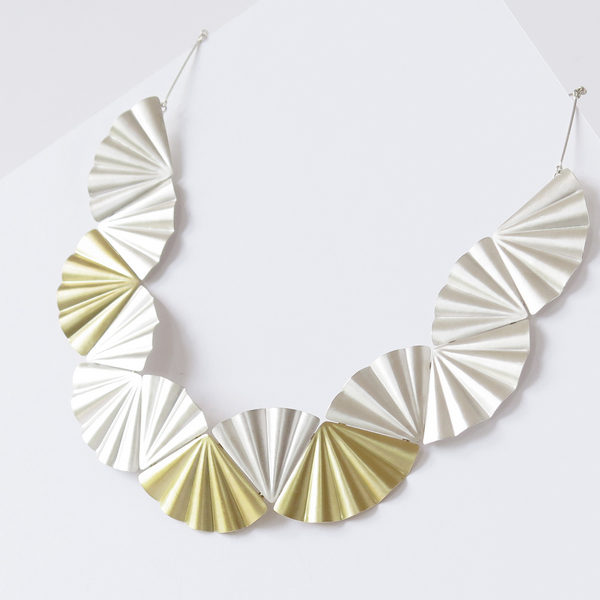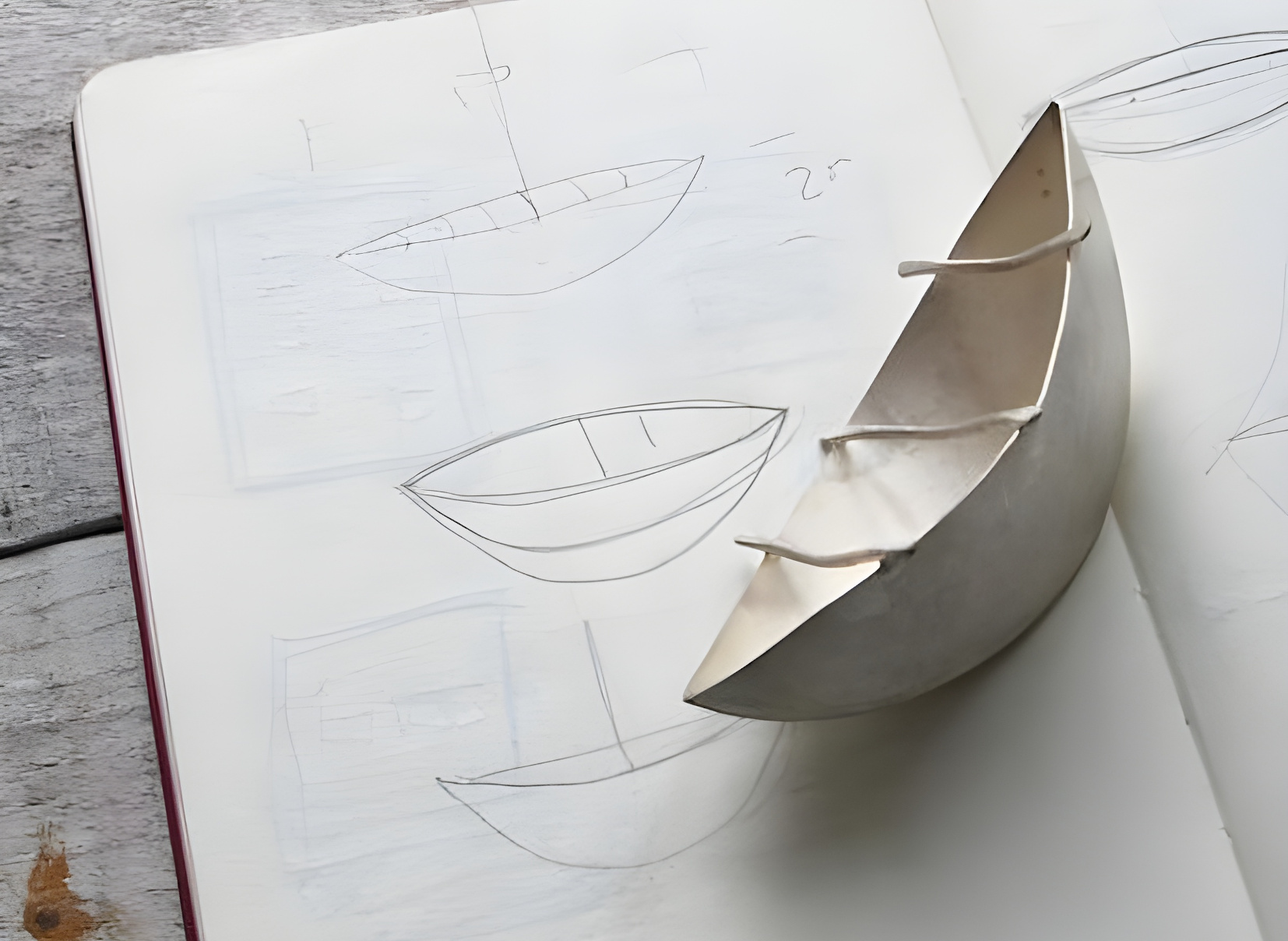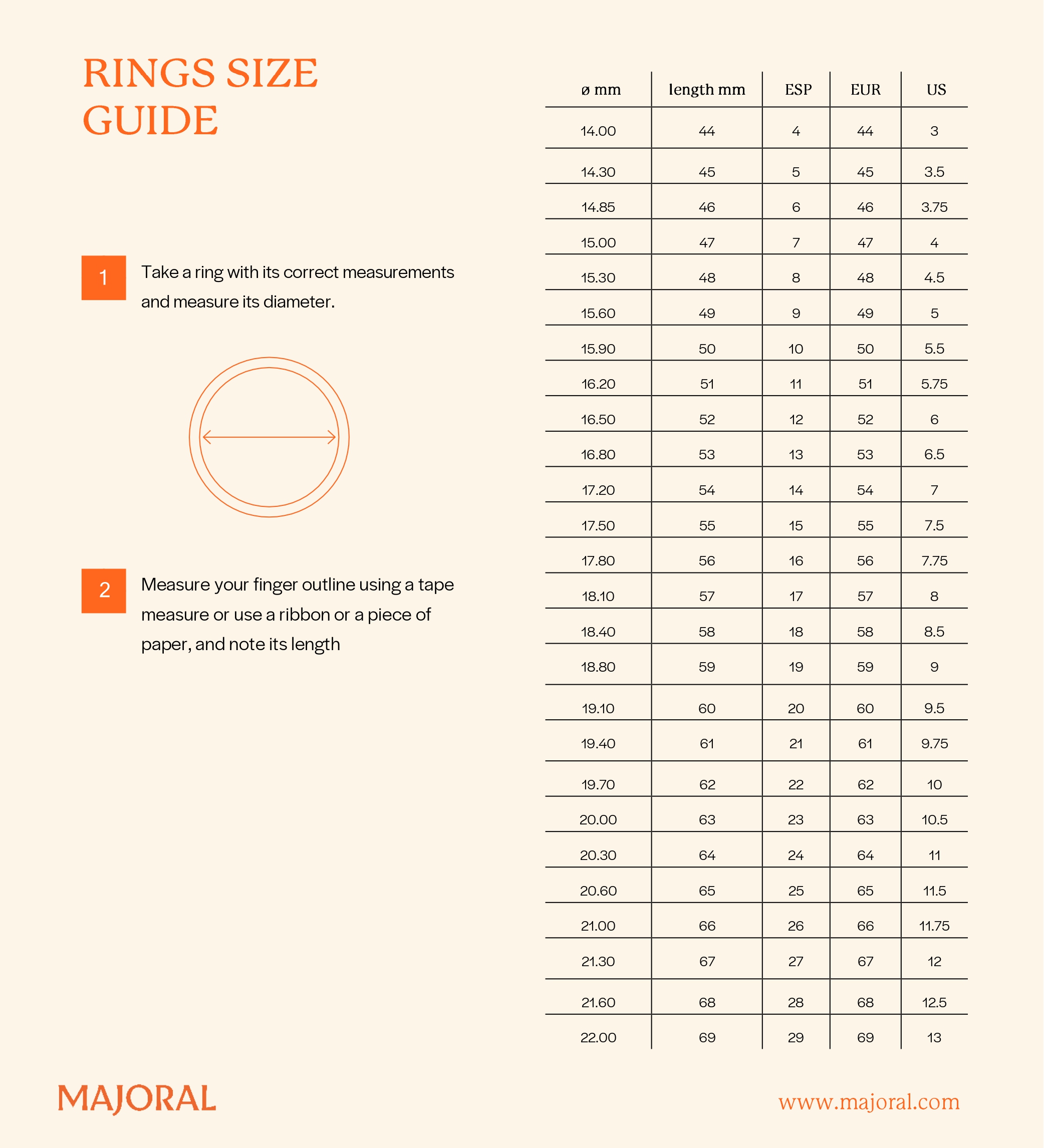Silver is a noble metal with more than 5,000 years of use in jewellery throughout history. Its unique properties make it an ideal material for manufacturing jewellery.
Silver is a noble metal with thousands of years of use in the history of humanity. Although it is complicated to establish the beginnings of the use of sliver, it is estimated that humanity learnt to separate it from lead around five thousand years ago, in 3000 BC. The elegance of silver quickly made it a much-appreciated metal. Historians agree on identifying the first discoveries of silver deposits in Asia Minor and the Aegean Sea.
In Ancient Egypt silver began to be used for the ruling classes, with the creation of domestic objects and ornamentation for tombs. Centuries later silver was also used in Ancient Greece. The Greeks, unlike the Egyptians, also used silver as a precious metal for adornments for personal use. Thus the first pieces of jewellery made with silver were created. During the ancient period, silver was also used to make adornments for weapons.
The historical link between silver and the moon
Silver is a very ductile and malleable metal. The main characteristic that civilisations appreciated with its discovery was its insensitivity towards fire. This meant that in Ancient Egypt silver was linked to the moon, due to its whiteness, whereas gold was associated with the sun. The use of silver experienced a major boom in Ancient Rome. The Romans began to use silver as material to make coins. Both during the period of the Republic and the Empire, the Romans applied new metallurgic techniques that enabled the extraction of this precious metal. And although the Romans were those who found and exploited different mines on the old continent, the biggest silver deposit was found in Greece in 500 BC.
The abundance of silver from that time on made it a material increasingly used for making jewellery and the adornment of the homes of the ruling classes. Later, with the arrival of the Middle Ages, silver gained importance in making jewellery, mainly for the nobility. The importance of silver is explained due to its capacity of extraction. Unlike gold, during the 13th century Western Europe had silver mines, whereas gold came from North Africa. This meant that silver jewellery was produced continually during the entire Middle Ages. In the second half of the 13th century, silver mines were discovered in Germany, Freiberg, Saxony and Sardinia.
The silver boom from the 18th century
However, silver (like other precious metals) experienced a greater period of abundance with the inclusion of America in European trade. The many mines and the existence of copper and lead mines in Mexico, Peru, Bolivia and the United States made it possible to obtain bigger quantities of silver. This enabled an increasingly more extensive use of silver in jewellery. This fact, combined with the arrival of Romanticism at the end of the 18th century, made it gain importance in jewellery. With the arrival of contemporary jewellery in the 20th century, silver began to be used with different techniques and ideas. Silver is a material that boasts brightness and colour, and is very malleable and ductile. This means that very thin laminas and threads of silver can be made. Silver does not react to the majority of chemical products, which gives it great resistance, but it is sensitive to the ozone, hydrogen sulphide or air with sulphur.
At Majoral we have always used silver as a noble material with multiple capacities. But not all items of jewellery made with silver have to be shiny. Majoral has made jewellery with oxidised silver, thus achieving darker tones in jewellery made with this material. At Majoral we have even dared to paint silver with different acrylic paint in indigo blue, red, green… In this way, we achieve combining the unique particularities of this precious metal with the movement that the colour produces in the items of jewellery. Combining our collections with two precious metals such as gold and silver is also one of Majoral’s obsessions. The Party and Maiko collections are a good example of the capacity to transmit in different ways according to the material used.







